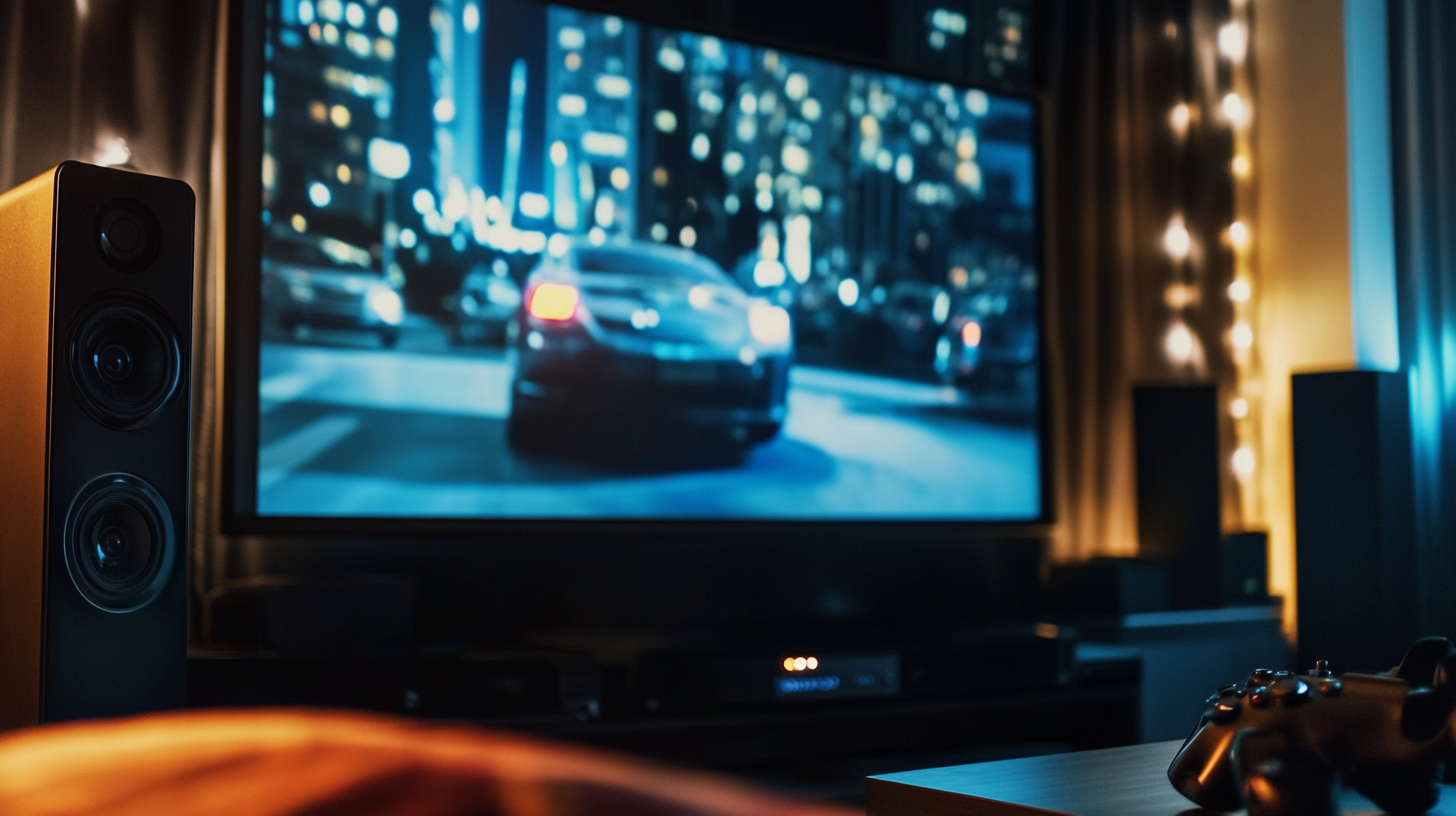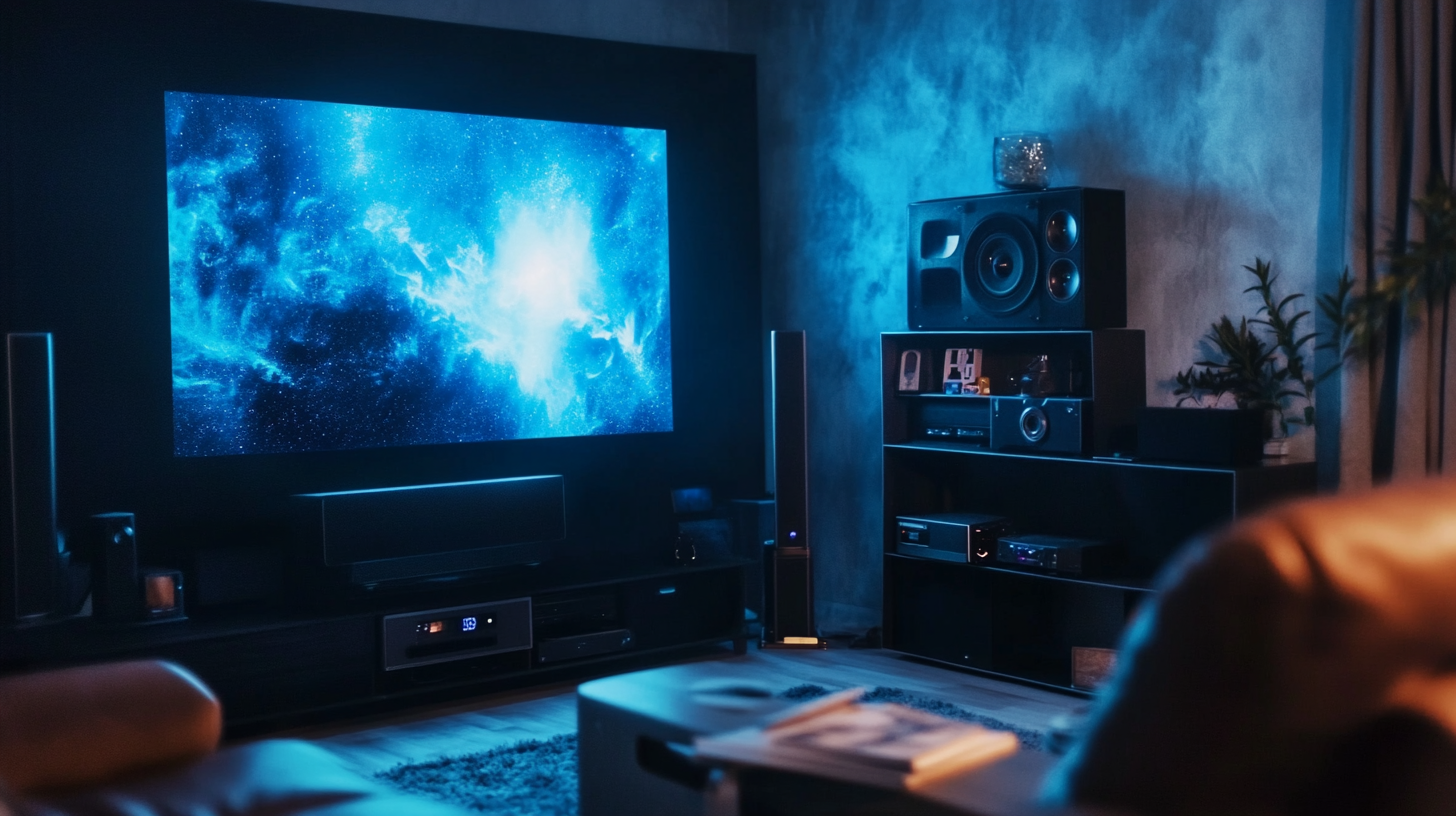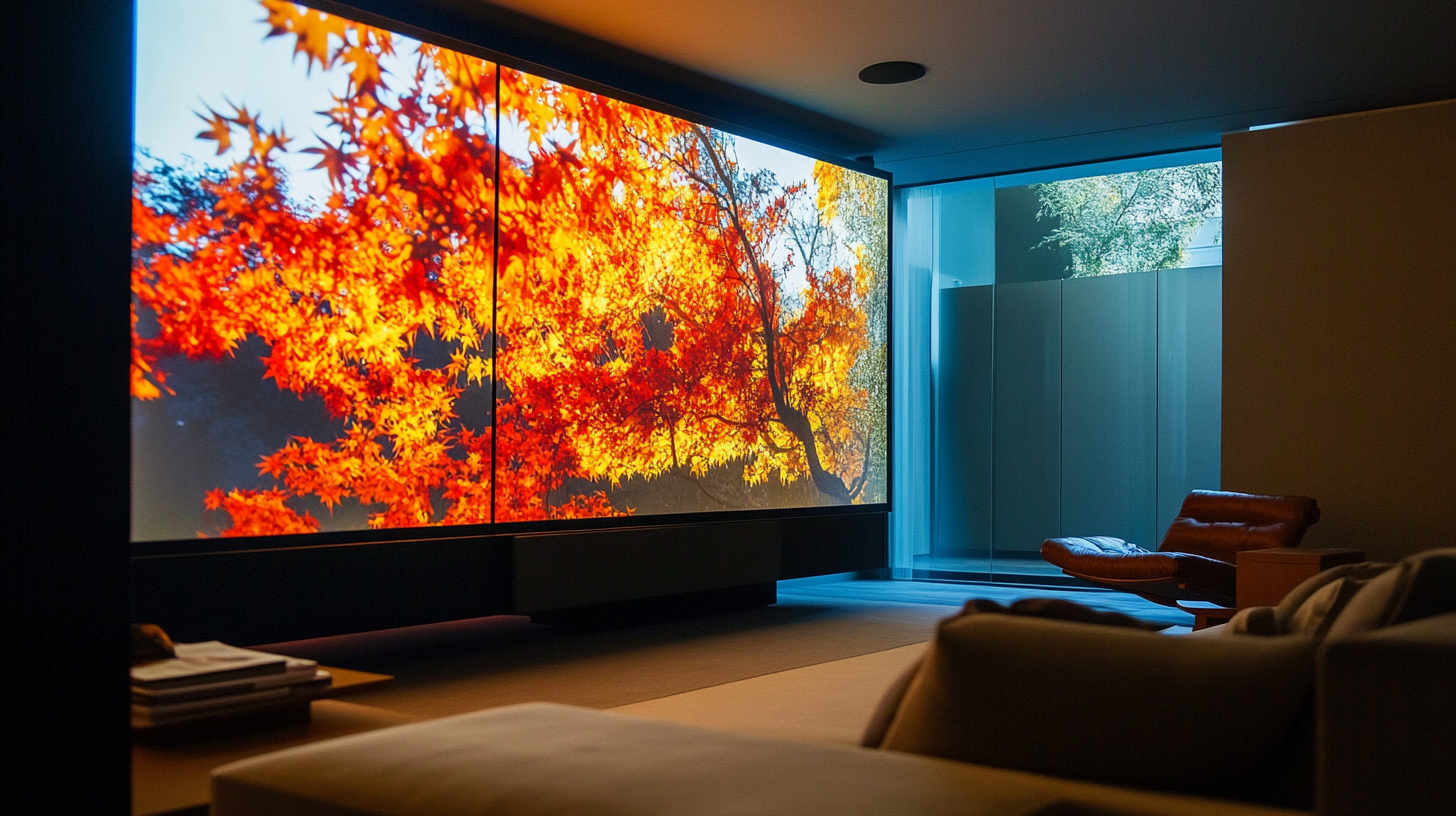Leave Your Message
When it comes to maintaining the performance of your projector, choosing the right Projector Replacement LCD Panel is crucial for ensuring optimal image quality and longevity. According to a recent report by MarketsandMarkets, the global projector market is projected to reach $8.45 billion by 2026, underscoring the increasing reliance on projectors in both personal and professional settings. As the demand for high-resolution displays grows, so does the need for effective replacements that can enhance brightness, contrast, and color accuracy. Selecting the best LCD panel not only extends the life of your projector but also significantly impacts the viewing experience, making it essential to understand your specific needs and the technical specifications that different panels offer. Understanding these factors can lead to better decisions and ultimately result in a superior visual experience.

When selecting the best projector replacement LCD panel for your needs, it's essential to understand the different types available in the market today. LCD panels are renowned for their bright, vibrant colors and clear images, making them a popular choice for home entertainment systems. Unlike older technologies such as CRT, modern LCD panels offer significant improvements in image quality and energy efficiency, making them a staple for a variety of visual applications.
Different types of LCD panels can offer unique benefits depending on the specific use case. For example, some panels excel in providing sharp images for presentations, while others might be optimized for home theater settings, where color accuracy and contrast are paramount. Additionally, understanding the differences between LCD and other projector technologies like DLP and LCoS can further refine your decision. Each technology presents its own strengths and weaknesses, influencing factors like picture quality, motion handling, and overall costs. Thus, it is crucial to consider your viewing environment and personal preferences when choosing the right LCD panel to enhance your visual experience.
| Panel Type | Resolution | Brightness (Lumens) | Aspect Ratio | Lifespan (Hours) | Price Range |
|---|---|---|---|---|---|
| Standard LCD | 1280 x 800 | 2500 | 16:10 | 20000 | $100 - $200 |
| High-Definition LCD | 1920 x 1080 | 3000 | 16:9 | 25000 | $250 - $400 |
| 4K Ultra HD LCD | 3840 x 2160 | 3500 | 16:9 | 30000 | $500 - $1000 |
| Short Throw LCD | 1280 x 720 | 2200 | 16:9 | 15000 | $300 - $600 |
When selecting the best replacement LCD panel for your projector, several key factors must be carefully considered. One primary aspect is the resolution. High-definition models, typically 1080p or higher, can significantly enhance image clarity and detail. According to a report by the Consumer Electronics Association, projectors with higher resolutions have gained a 25% market share in the past five years, highlighting the increasing demand for superior visual quality.
Another critical factor is brightness, measured in lumens. For optimal performance in varying ambient light conditions, choosing a panel with a lumen rating of at least 3000 ANSI lumens is advisable for home theaters, while professional settings often require even more. A recent study by the International Society for Optics and Photonics indicated that a projector's brightness directly influences viewer satisfaction, with 70% of users preferring models that deliver vibrant visuals in well-lit environments. Finally, consider the aspect ratio. Standard formats like 16:9 are ideal for movies, whereas 4:3 is often suited for presentations. Understanding these elements will ensure you select an LCD panel that meets your specific needs.
When selecting a projector LCD panel, it’s essential to consider the specific industry application to ensure the best fit for your needs. The educational sector, for instance, often requires panels that facilitate interactive learning and can withstand frequent use. Therefore, choosing panels with higher durability and performance in varied lighting conditions is crucial. Conversely, for the entertainment industry, where vibrant colors and high contrast ratios are key, selecting panels that offer superior image quality and resolution should be prioritized.
Tip 1: Always assess the ambient lighting of your intended environment. Different LCD panels perform variably under various lighting conditions, so understanding this can guide you in making the right choice.
Tip 2: Keep in mind the ease of installation and maintenance. Panels that require complex setups or frequent recalibrations can be cumbersome, especially in fast-paced environments like education or events.
In markets like digital signage, where impactful visuals are fundamental, panels that support 4K UHD resolutions are becoming increasingly popular. This trend reflects a growing demand for clearer and more engaging viewer experiences, driving innovation and competition across various display technologies.
When considering the replacement of an LCD panel in a projector, several common challenges may arise that can impact the overall success of the project. One major issue is compatibility. A report from Futuresource Consulting emphasizes that mismatched specifications between the LCD panel and the projector model can lead to subpar performance or even damage the unit. Therefore, researching the projector’s model and ensuring that the replacement panel aligns with its requirements is critical.
Another challenge is the quality of the replacement panel. According to a study by the Display Industry Association, nearly 30% of users report dissatisfaction with third-party panels due to inferior image quality and shorter lifespans compared to OEM products. It's advisable to seek out reputable suppliers who can provide high-quality, genuine parts. Understanding the difference between OEM and aftermarket products can save technicians from the pitfalls of frequent replacements and enhance user satisfaction with the projector’s prolonged functionality.

 When selecting an LCD panel for your projector, evaluating quality and performance is paramount. High-quality LCD panels such as the renowned IPS (In-Plane Switching) technology provide superior color accuracy and wide viewing angles, making them ideal for presentations and home theater setups. According to recent industry reports, IPS panels are estimated to enhance color reproduction by 25% compared to standard alternatives, indicating a significant advantage for users who prioritize visual fidelity.
When selecting an LCD panel for your projector, evaluating quality and performance is paramount. High-quality LCD panels such as the renowned IPS (In-Plane Switching) technology provide superior color accuracy and wide viewing angles, making them ideal for presentations and home theater setups. According to recent industry reports, IPS panels are estimated to enhance color reproduction by 25% compared to standard alternatives, indicating a significant advantage for users who prioritize visual fidelity.
In addition to technology type, resolution plays a critical role in performance evaluation. The current market trend emphasizes the shift towards 4K resolution panels, which are now available at competitive prices. As highlighted in the latest data from DisplaySearch, 4K projectors are expected to represent over 50% of the projector market by 2025. Opting for higher resolutions ensures that your projector can deliver sharp and detailed images, crucial for professions where precision is essential, such as graphic design and video production. By focusing on these critical factors, you can ensure the LCD panel you choose meets the demands of your specific applications.
